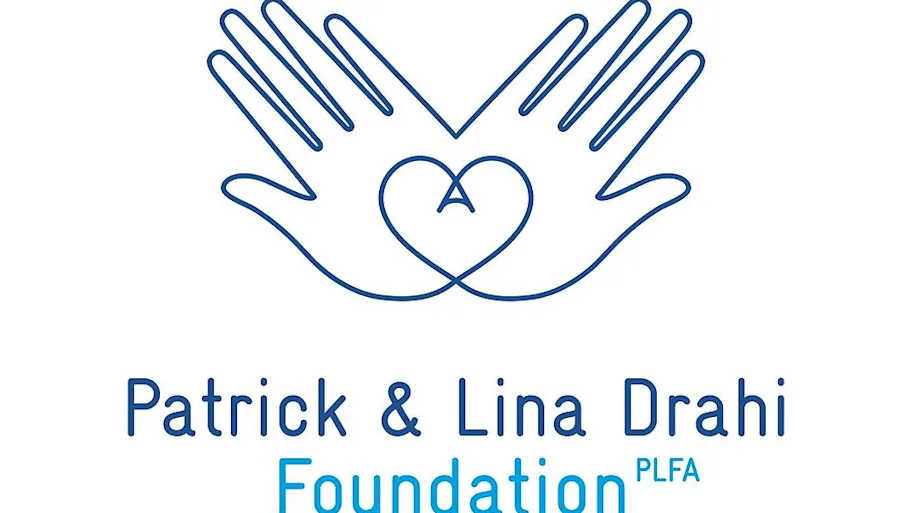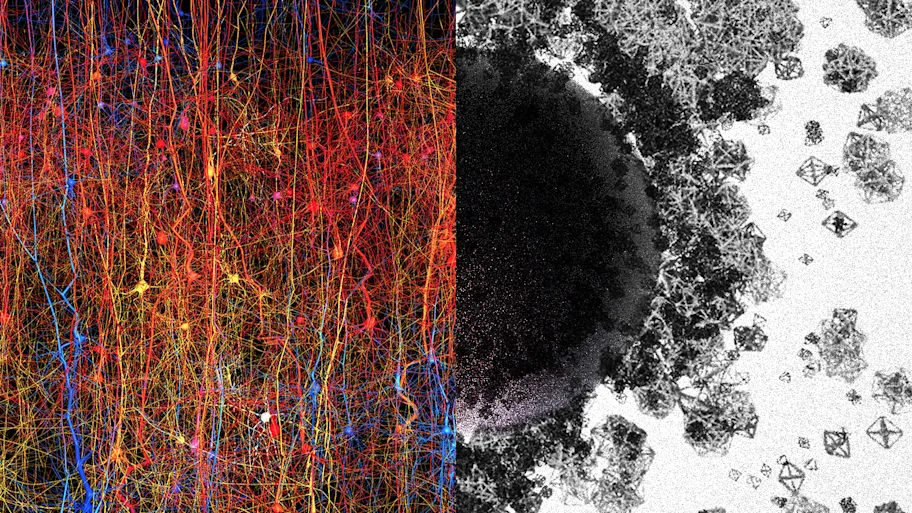
- Science news
- Young Minds
- Angelina Hesse – Enabling Bacterial Cultures
Angelina Hesse – Enabling Bacterial Cultures

Lina Hesse circa 1883. Credit: U.S. National Library of Medicine
Frontiers for Young Minds takes you down on a dive into the depths of the historical scientific archives and introduces you to scientists you may have not heard about, but you should! This time, we tell you the story of the invaluable contribution of “Lina” Hesse to the field of Microbiology by enabling pure and stable bacterial cultures.
By Anna Farrall
In The Beginning
Born Angelina Fanny Eilshemius, and called “Lina” in her family, she was born in 1850 in New York, and was raised in New Jersey, USA, the eldest of ten children. She was the daughter of a wealthy import merchant of Dutch descent, Gottfried Eilshemius, and his wife, Cecile Elise. From an early age, she was taught typical housekeeping activities before going to finishing school in Switzerland aged 15, to study French and home economics. She met her husband and future research partner, Walther Hesse, in 1872 while she was travelling in Germany and they later married in 1874 in Geneva, and went on to have three sons together.
Assisting Her Husband’s Work
Walther Hesse was working in the laboratory of Robert Koch, a German microbiologist widely regarded as one of the founders of modern bacteriology. His research involved studying causative agents of infectious diseases.
Despite having no scientific education or background, Lina Hesse would assist her husband in his research. She would clean equipment, prepare growth media and even produce illustrations for her husband’s scientific publications. She would also later assist her husband in cultivating air-borne bacteria. This equates to a modern-day laboratory technician role, even though she remained unpaid for all her work.
A Game-Changing Idea
In 1881, both Walther Hesse and Robert Koch received help which revolutionized their work. They had struggled to develop a suitable way to isolate pure bacterial cultures. Cultures are the method used to multiply microbial organisms by letting them reproduce under controlled conditions, using a growth medium (a solid, liquid or semi-solid which nurtures the population). They had tried using slices of potato, and gelatin, but both were unsuitable – the gelatin liquified due to higher temperatures during incubation. They thought a nutrient-rich gelatin media may be a good alternative, however this was too unstable for creating pure cultures.

Agar as culture media. Credit: Shutterstock
And here, technician and housewife Lina Hesse stepped in and changed culture work forever, by suggesting the use of agar as a suitable growth medium. Agar (or agar-agar) is a jelly-like substance made up of agarose and agaropectin made from red algae such as ogonori - a natural plant-based alternative to gelatin. Lina knew of the properties of agar as she used it in place of gelatin in her cooking, after learning of the seaweed extract from family friends in Indonesia. She found it to be more reliable and versatile than gelatin as it would stay stable when making jams and jellies in hot summers.
Changing Microbiology Research Forever
Agar proved to be an ideal growth medium that remained stable in heat, resistant to bacterial enzymes and able to stay sterile during long-term storage. This led to Walther and Koch successfully cultivating Mycobacterium tuberculosis, the bacteria that caused tuberculosis. Koch published his findings in 1882, stating he used agar instead of gelatin in his methodology for cultivating the tuberculosis bacteria. However, he gave no credit to Lina or Walther Hesse, nor any justification behind his decision to use agar instead.
For modern microbiologists, life without agar would be very difficult. Before Lina Hesse, classifying microorganisms was such a complex task that Carl Linnaeus (the Swedish “father of modern taxonomy”, 1707-1778) classified all bacteria under the order of “Chaos”, because scientists could not properly reproduce them in the lab. Agar allows microbiologists to isolate microorganisms and control their growth, which is crucial for the identification and study of different bacteria and fungi, as well as tests for infections, drug resistance and more.
Lina Hesse never received formal credit for her brilliant contribution, and she and Walther declined any financial benefits for their family from the revolution of agar. Despite this, Lina’s new culture medium became, and continues to be, central to lab techniques for microbiology and bacteriology.
The culture medium allowed Robert Koch to identify Mycobacterium tuberculosis as the pathogenic bacteria causing tuberculosis. This paved the way for future research increasing understanding of this pathogen and subsequently, the development of a vaccine.
Want to know more about how Lina Hesse’s plating medium went on to support future great discoveries? Read about Esther Lederberg and her foundational work here.






